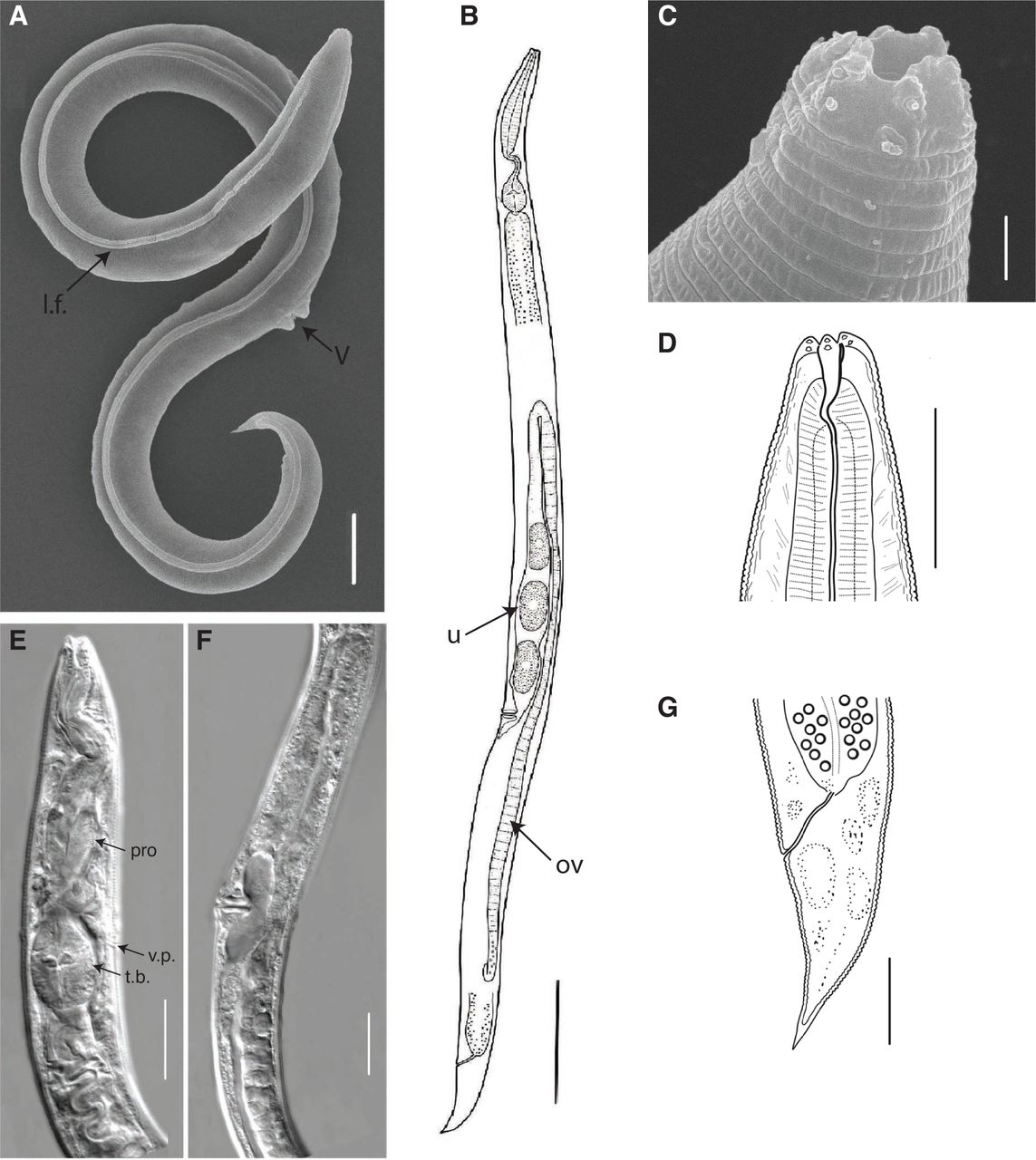A report from the Washington Post detailed a remarkable discovery by scientists: a female microscopic roundworm had been preserved in the Siberian permafrost for 46,000 years, and when they revived it, the creature started reproducing via parthenogenesis – a process that does not require a mate.

The University of Hawaiʻi at Mānoa’s press release discussed an organism that was in a prolonged dormancy called cryptobiosis for thousands of years. This state, which can be sustained for a long time, halts all metabolic processes, including reproduction, development, and repair.
In the PLOS Genetics journal published on Thursday, researchers identified a new species of worm based on their genome sequencing. They stated that the worm had not been previously classified.
It was recently reported by Live Science that nematodes such as Plectus murrayi and Tylenchus polyhypnus had been revived from moss and herbarium specimens after a few decades. The new species, Panagrolaimus kolymaensis, however, had been in hibernation for tens of thousands of years.

Holly Bik, a deep sea biologist, believes that millions of different species of nematode worms can be found in various habitats, such as ocean trenches, tundras, deserts, and volcanic soils. Nevertheless, out of these, only 5,000 marine species have been documented by researchers.
Crow, a nematologist from the University of Florida who was unconnected to the research, suggested to the Post that this worm might be a species that vanished in the prior 50,000 years.
Crow commented that it is possible that the nematode is one which has yet to be described, as it is encountered frequently.
Scientists have been aware for some time that minuscule creatures, such as the one studied, have the capacity to cease their functions in order to endure even the most extreme conditions, hence the lack of surprise over the worm’s survival of all those years, as stated in the press release.
The PLOS Genetics paper concluded that nematodes possess capabilities which could enable them to survive for long periods of geological time.



